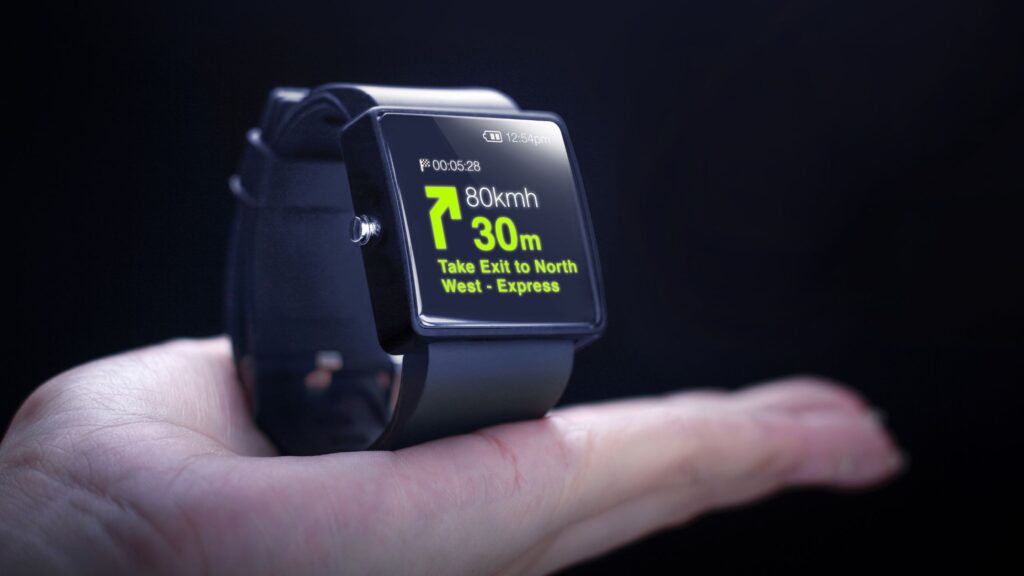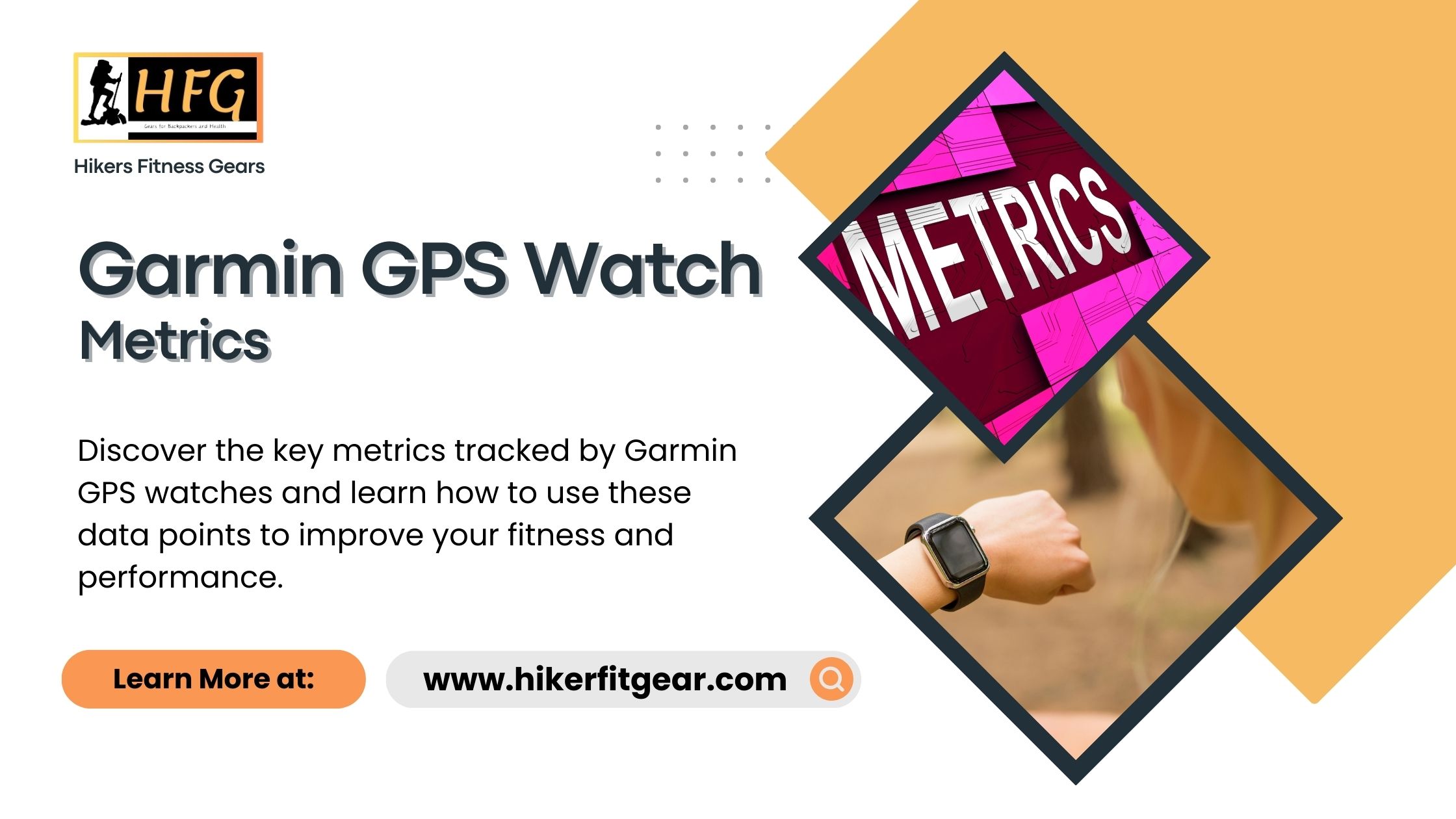Garmin GPS Watch Metrics
Introduction
Garmin GPS watches are highly regarded for their ability to track a wide range of fitness and performance metrics. These metrics provide valuable insights into your physical activities, helping you monitor your progress, set goals, and improve your overall fitness. Whether you’re an athlete, a fitness enthusiast, or someone who enjoys outdoor adventures, understanding the various metrics that Garmin GPS watches offer can enhance your training and performance.
Table of Contents
What This Post Covers
In this post, we will cover:
- An overview of what Garmin GPS watch metrics are.
- The key metrics tracked by Garmin GPS watches.
- The importance of these metrics for different activities.
- How to use Garmin GPS watch metrics to improve your fitness and performance.
- Tips for maximizing the benefits of your Garmin GPS watch.
- Common issues and troubleshooting related to Garmin GPS watch metrics.
- Frequently asked questions about Garmin GPS watch metrics.
What Are Garmin GPS Watch Metrics?
Garmin GPS watch metrics are data points collected and analyzed by Garmin’s advanced wearable technology. These metrics encompass various aspects of physical activity, including distance, speed, heart rate, elevation, and more. By using GPS and other sensors, Garmin watches provide accurate and detailed information about your workouts, enabling you to track and analyze your performance over time.

What Does Garmin GPS Watch Metrics Involve?
Garmin GPS watch metrics involve several key aspects:
- Distance and Pace: Measure how far you’ve traveled and at what speed.
- Heart Rate: Monitor your heart rate to gauge exercise intensity.
- Elevation and Climb: Track changes in altitude during activities.
- Cadence: Measure your steps per minute or pedal strokes per minute.
- VO2 Max: Estimate your maximum oxygen uptake during exercise.
- Sleep Tracking: Monitor sleep patterns and quality.
- Calories Burned: Calculate the number of calories burned during activities.
- Stress and Recovery: Assess stress levels and recovery status.
Why Are Garmin GPS Watch Metrics Important?
Garmin GPS watch metrics are crucial for several reasons:
- Performance Monitoring: Keep track of your progress and identify areas for improvement.
- Goal Setting: Set and achieve fitness goals based on accurate data.
- Health Insights: Gain insights into your overall health and well-being.
- Training Optimization: Tailor your training regimen based on performance metrics.
- Motivation: Stay motivated by tracking improvements and reaching milestones.
Choosing the Best Garmin GPS Watch Metrics
Garmin GPS Watch Metrics provide users with invaluable data and insights to enhance their training and outdoor experiences. These watches offer a wide range of metrics, including distance traveled, pace, elevation gained, heart rate, cadence, and more. By tracking these metrics, users can analyze their performance, set goals, and make informed decisions to improve their fitness levels. Whether you’re a runner, cyclist, hiker, or multisport athlete, Garmin GPS Watch Metrics offer comprehensive tracking capabilities to help you achieve your goals. In this article, we will explore the various Garmin GPS Watch Metrics available, their significance, and how you can use them effectively to optimize your training and adventures.
Key Metrics Tracked by Garmin GPS Watches
1. Distance and Pace
- Distance: Garmin GPS watches use satellite data to measure the distance you’ve traveled during activities such as running, cycling, or hiking.
- Pace: Pace indicates how fast you’re moving, usually measured in minutes per mile or kilometer. This metric helps you maintain a consistent speed and track improvements over time.
2. Heart Rate
- Garmin watches feature optical heart rate sensors that continuously monitor your heart rate. This data is crucial for understanding exercise intensity, optimizing training zones, and ensuring you’re working at the right intensity for your goals.
3. Elevation and Climb
- Elevation: Tracks the altitude changes during your activities, providing insights into the terrain and the effort required.
- Climb: Measures the total elevation gain and loss, which is particularly useful for hikers and trail runners.
4. Cadence
- For runners, cadence refers to the number of steps taken per minute. For cyclists, it’s the number of pedal strokes per minute. A higher cadence can indicate a more efficient running or cycling technique.
5. VO2 Max
- VO2 Max is an estimate of your maximum oxygen uptake during intense exercise. It’s a key indicator of cardiovascular fitness and endurance. Garmin watches use heart rate and pace data to estimate this metric.
6. Sleep Tracking
- Garmin watches monitor your sleep patterns, including the duration and quality of your sleep. This information helps you understand your recovery and make necessary adjustments to improve sleep hygiene.
7. Calories Burned
- Garmin watches calculate the number of calories burned during various activities based on your heart rate, activity type, and personal data such as age, weight, and height.
8. Stress and Recovery
- Garmin watches use heart rate variability (HRV) to assess your stress levels and recovery status. This information is useful for managing the training load and preventing overtraining.
Using Garmin GPS Watch Metrics to Improve Fitness and Performance
1. Setting Goals
- Use metrics such as distance, pace, and calories burned to set realistic and achievable fitness goals. Track your progress towards these goals and adjust your training plan as needed.
2. Optimizing Training
- Analyze heart rate data to ensure you’re training in the right zones for your fitness goals. Use VO2 Max estimates to track improvements in cardiovascular fitness and adjust your workouts accordingly.
3. Enhancing Recovery
- Monitor your sleep patterns and recovery status to ensure you’re getting adequate rest and recovery. Adjust your training intensity based on your recovery metrics to prevent overtraining.
4. Monitoring Health
- Keep an eye on metrics such as heart rate and stress levels to gain insights into your overall health. Make lifestyle changes as needed to improve these metrics and enhance your well-being.
Tips for Maximizing the Benefits of Your Garmin GPS Watch
- Regularly Sync Your Data: Sync your watch with the Garmin Connect app to store and analyze your activity data. This will help you track your progress over time.
- Customize Your Data Fields: Adjust the data fields displayed on your watch to show the metrics most important to you.
- Update Your Watch: Keep your watch’s firmware up-to-date to ensure you have access to the latest features and improvements.
- Use Advanced Features: Explore advanced features such as training plans, interval workouts, and performance conditions to take your training to the next level.
- Listen to Your Body: Use the data from your watch to listen to your body and make necessary adjustments to your training and recovery routines.
Common Issues and Troubleshooting
- Inaccurate GPS Data: If your watch is having trouble acquiring a GPS signal, ensure you’re in an open area away from tall buildings or dense trees. Update your watch’s firmware and maps regularly.
- Heart Rate Monitoring Issues: Ensure the watch is snug on your wrist and clean the optical sensor regularly. If problems persist, try wearing the watch higher on your wrist.
- Syncing Problems: If your watch isn’t syncing with the Garmin Connect app, check your Bluetooth connection and ensure both devices have the latest software updates.
- Battery Life: If your watch’s battery is draining quickly, reduce the screen brightness, disable unnecessary notifications, and close background apps.

Conclusion
Garmin GPS watch metrics are powerful tools that can help you track, analyze, and improve your fitness and performance. By understanding and utilizing these metrics, you can set and achieve your fitness goals, optimize your training, and gain valuable insights into your overall health. Whether you’re an athlete, a fitness enthusiast, or someone who enjoys outdoor adventures, a Garmin GPS watch can enhance your experience and help you reach new heights.
Frequently Asked Questions
How do I view my metrics on my Garmin GPS watch?
Access the activity tracking menu on your watch to view various metrics such as distance, pace, heart rate, and more.
Can I customize the metrics displayed on my Garmin GPS watch?
Yes, you can customize the data fields shown on your watch during activities via the settings menu or the Garmin Connect app.
How accurate are Garmin GPS watch metrics?
Garmin GPS watches are generally very accurate, but factors such as GPS signal strength, sensor placement, and environmental conditions can affect accuracy.
How often should I sync my Garmin GPS watch with the Garmin Connect app?
It’s recommended to sync your watch after each activity to ensure your data is up-to-date and stored securely.
What should I do if my Garmin GPS watch isn’t tracking metrics correctly?
Ensure your watch is properly positioned on your wrist, update the firmware, and calibrate the sensors if needed. If issues persist, consult Garmin support.

My name is Oje and I’m obsessed with finding the latest tech gear to help people track progress and solve problems more efficiently. I spend countless hours researching and testing innovative apps, wearables, and devices for fitness, health, productivity, and more.
